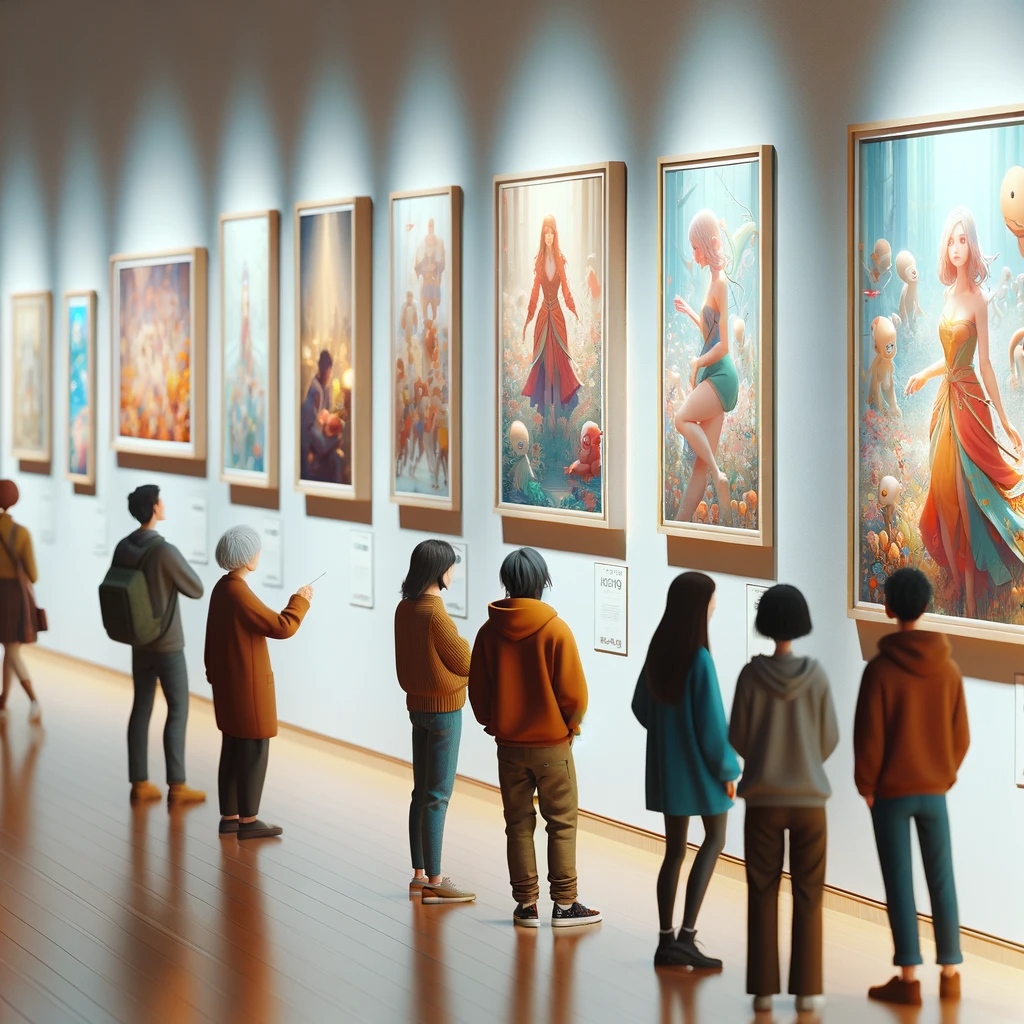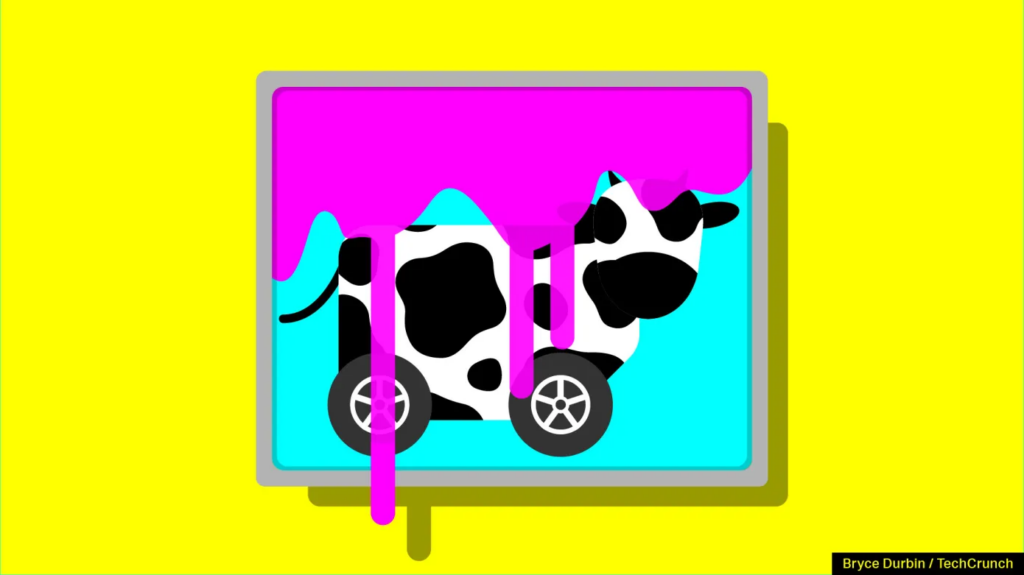
In the ever-evolving landscape of artificial intelligence (AI), the battle for protecting artists’ intellectual property has taken a new turn with the introduction of innovative tools like Nightshade and Glaze. These tools aim to provide artists with a means to defend their creative works against unauthorized usage by AI models, shedding light on the growing ethical concerns surrounding AI-generated content.
Nightshade: Subtly Shifting Pixels to Confuse AI
Nightshade, a project developed by a team led by Ben Zhao, a computer science professor at the University of Chicago, offers artists a unique way to safeguard their creations from being utilized to train AI models without consent. The rise of AI image generators, such as Midjourney, Stable Diffusion, and DALL-E 3, has raised concerns as they often source their training data from across the internet, including copyrighted works. Nightshade combats this by subtly altering the pixels in an image, causing confusion within AI technology and resulting in incorrect interpretations.
For instance, an image of a cow could be transformed into one with wheels instead of legs. This disruptive approach, if adopted by a sufficient number of artists, could potentially disrupt the accuracy of AI-generated outputs, forcing AI companies to consider sourcing images with artists’ consent.

Image Credits: Bryce Durbin/TechCrunch
While Nightshade offers a ray of hope to artists grappling with unauthorized use of their work, it’s not without its critics. Marian Mazzone, a professor at the University of Charleston affiliated with the Art and Artificial Intelligence Laboratory at Rutgers University, highlights that legislative action against AI companies remains essential. She voices concerns that corporations’ substantial resources might enable them to quickly counteract Nightshade’s “poisoning” attempts and that the rapid pace of AI technology could render such programs obsolete over time.
Glaze: Preserving Artistic Styles in the Face of AI Imitation
Another tool in the artists’ arsenal is Glaze, also developed by Ben Zhao and his team. Glaze distorts how AI models perceive and reproduce artistic styles, preventing them from imitating an artist’s unique work accurately. By cloaking their work with Glaze, artists can safeguard their creations from being replicated by AI models, maintaining the integrity of their artistic expression.
In an ideal scenario, artists should use both Glaze and Nightshade before sharing their work online. The team recommends using Nightshade first to minimize visible effects, followed by Glaze. This combined approach seeks to provide comprehensive protection against AI-generated mimicry.
Alternative Approaches to Addressing Intellectual Property Challenges
However, the issue of protecting artists’ intellectual property goes beyond these tools. Various other initiatives are underway to address this challenge. Steg.AI and Imatag apply imperceptible watermarks to establish ownership of images, though they may not prevent all scraping. The “No AI” Watermark Generator labels human-made work as AI-generated, aiming to influence future AI training datasets positively. Additionally, Kudurru tracks scrapers’ IP addresses, enabling website owners to take action against unauthorized usage.
Kin.art takes a different approach, masking parts of an image and swapping its metatags, making it more challenging for AI models to use it for training. These diverse approaches reflect the ongoing efforts to protect artists’ intellectual property in the digital age.
Legality and Ethical Considerations
Despite the potential benefits of tools like Nightshade and Glaze, they have not been without controversy. Critics have labeled Nightshade as a “virus” and questioned its legality, likening it to “hacking a vulnerable computer system to disrupt its operation.” However, proponents argue that Nightshade operates within the bounds of legality, as it addresses the ethical issue of consent and compensation for artists.
Toward a Fairer AI Ecosystem for Artists
The ultimate goal of tools like Glaze and Nightshade is to impose a financial cost on using unlicensed data for training AI models, pushing companies to seek artists’ consent and compensate them for their work. This approach aligns with the recent partnership between Getty Images and Nvidia, where a generative AI tool was trained exclusively on Getty’s library of stock photos. Subscribing customers pay fees, with photographers receiving a portion of the subscription revenue based on the contribution of their content to the training set.
It’s essential to note that these tools are not anti-AI; they seek to ensure ethical AI usage and proper compensation for artists. In the realm of academia and scientific research, AI advancements are celebrated for their positive applications. Traditional AI has played a crucial role in developing medications and addressing climate change, demonstrating the potential for AI to benefit humanity.
However, the challenge lies in the fact that big tech companies, with vast resources, are primarily motivated by profit and may not prioritize ethical considerations. This has prompted researchers like Ben Zhao to take action and create tools like Nightshade and Glaze, offering artists a means to protect their work in the face of unauthorized AI usage.
Supporting Artists in the Battle
While these tools provide a glimmer of hope for artists, they acknowledge that artists need more support in their battle against AI-generated content. The team behind Nightshade aims to explore nonprofit structures and collaborations with arts foundations to sustain their research efforts and continue developing innovative solutions. Their dedication to balancing the playing field for artists underscores the importance of ongoing efforts to address the ethical challenges posed by AI in the creative realm.
Featured image was created with the assistance of DALL·E by ChatGPT
